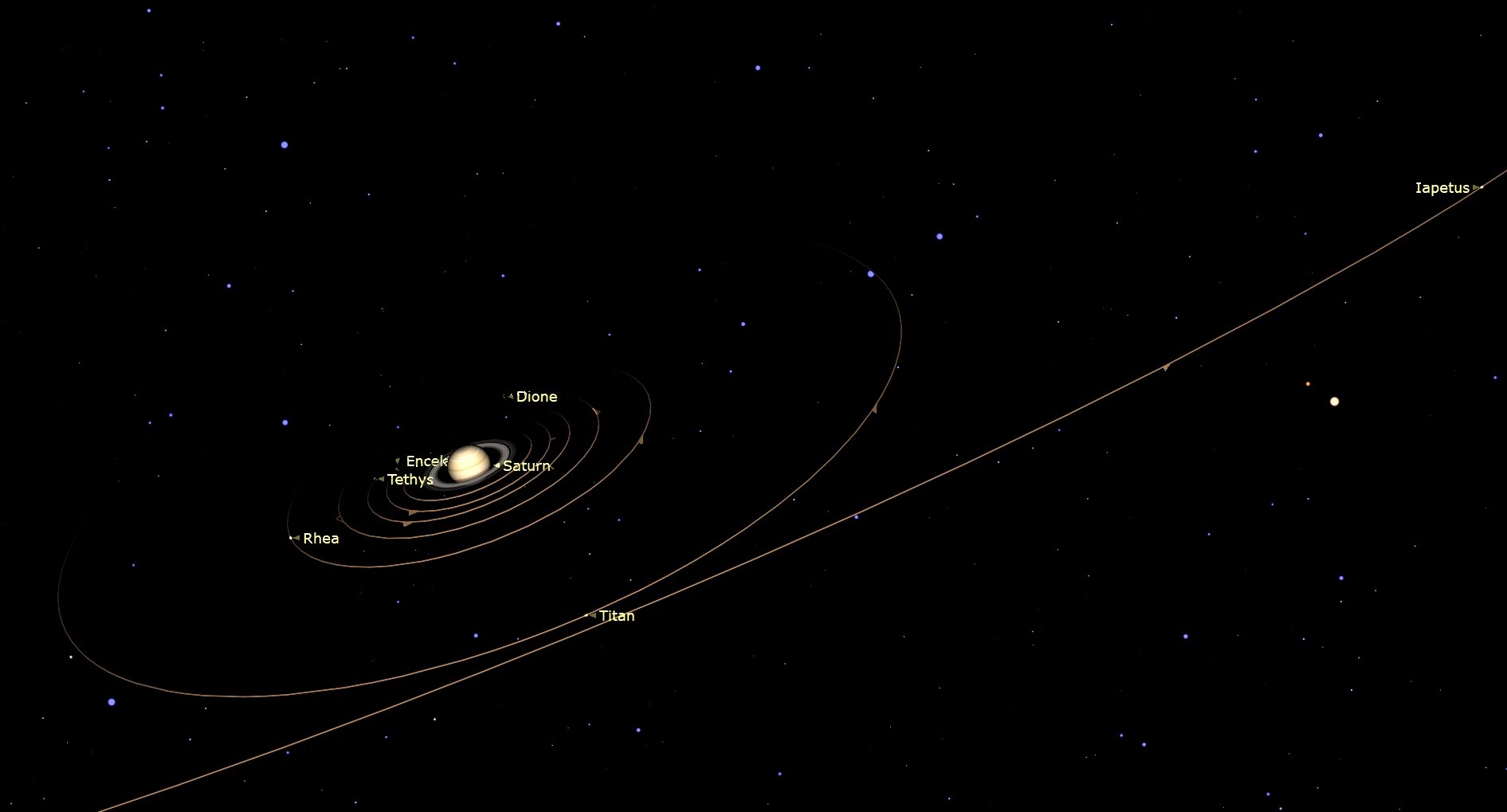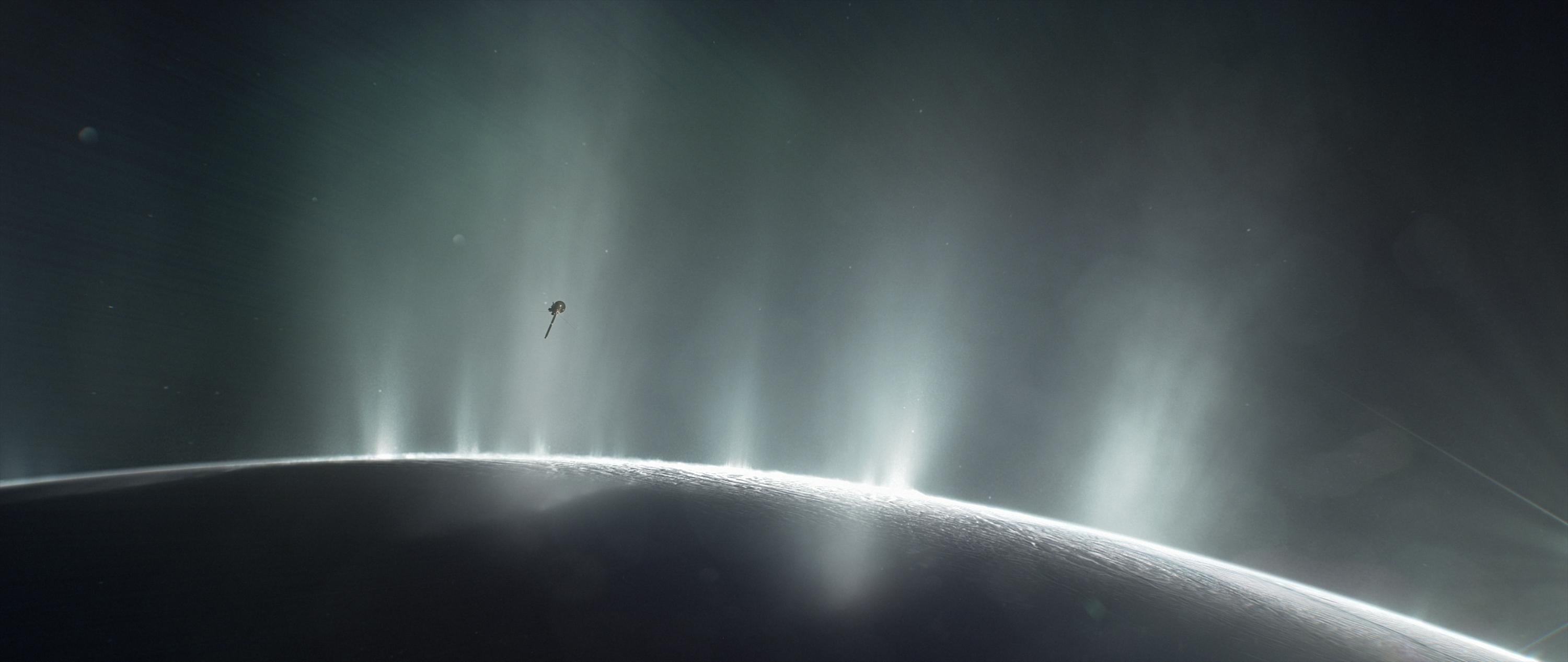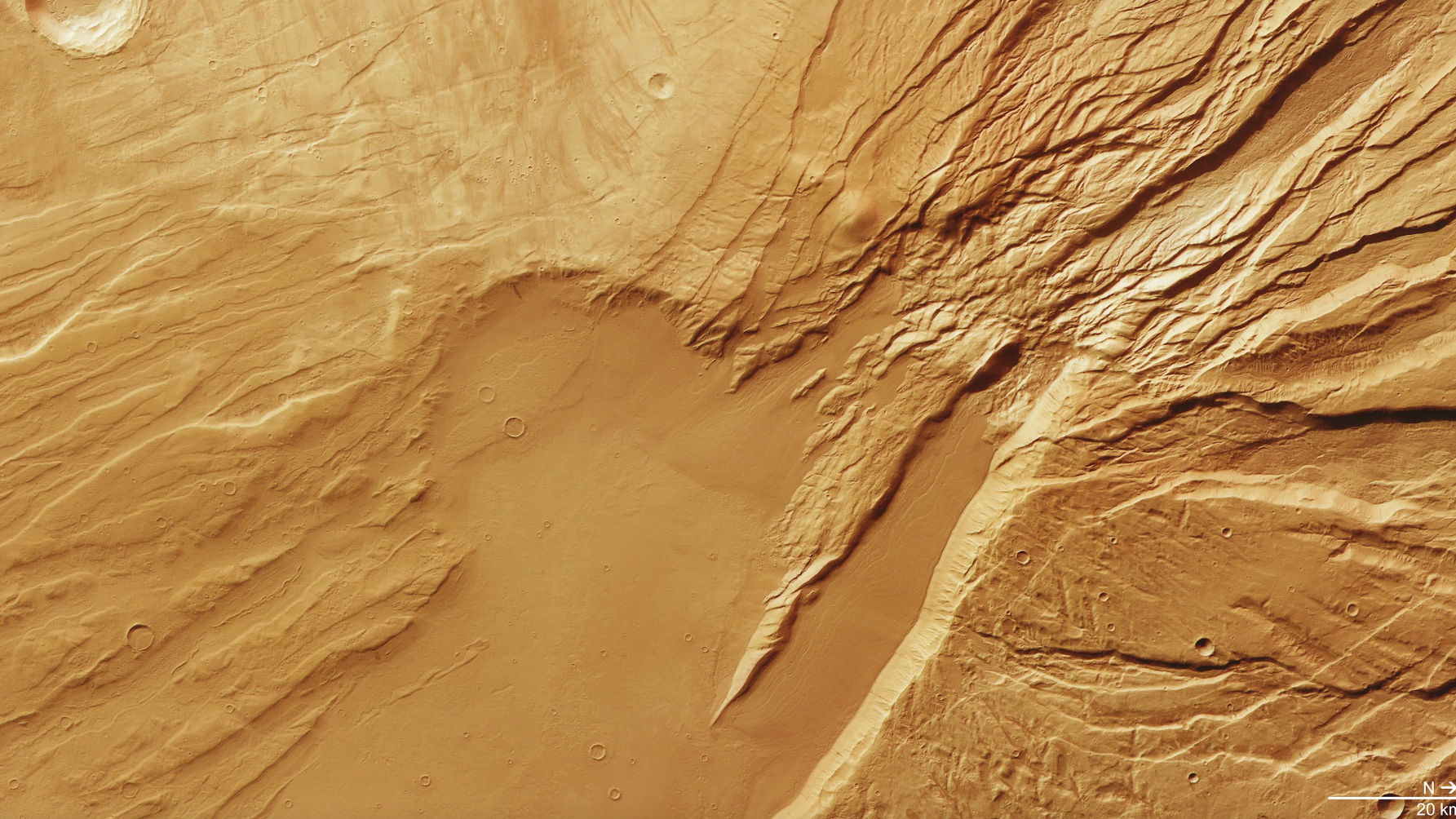Saturn
Latest about Saturn

Space Center Houston Sets Saturn V Rocket Aglow With 'Galaxy Lights'
By Robert Z. Pearlman published
It's a holiday display that's out of this world.
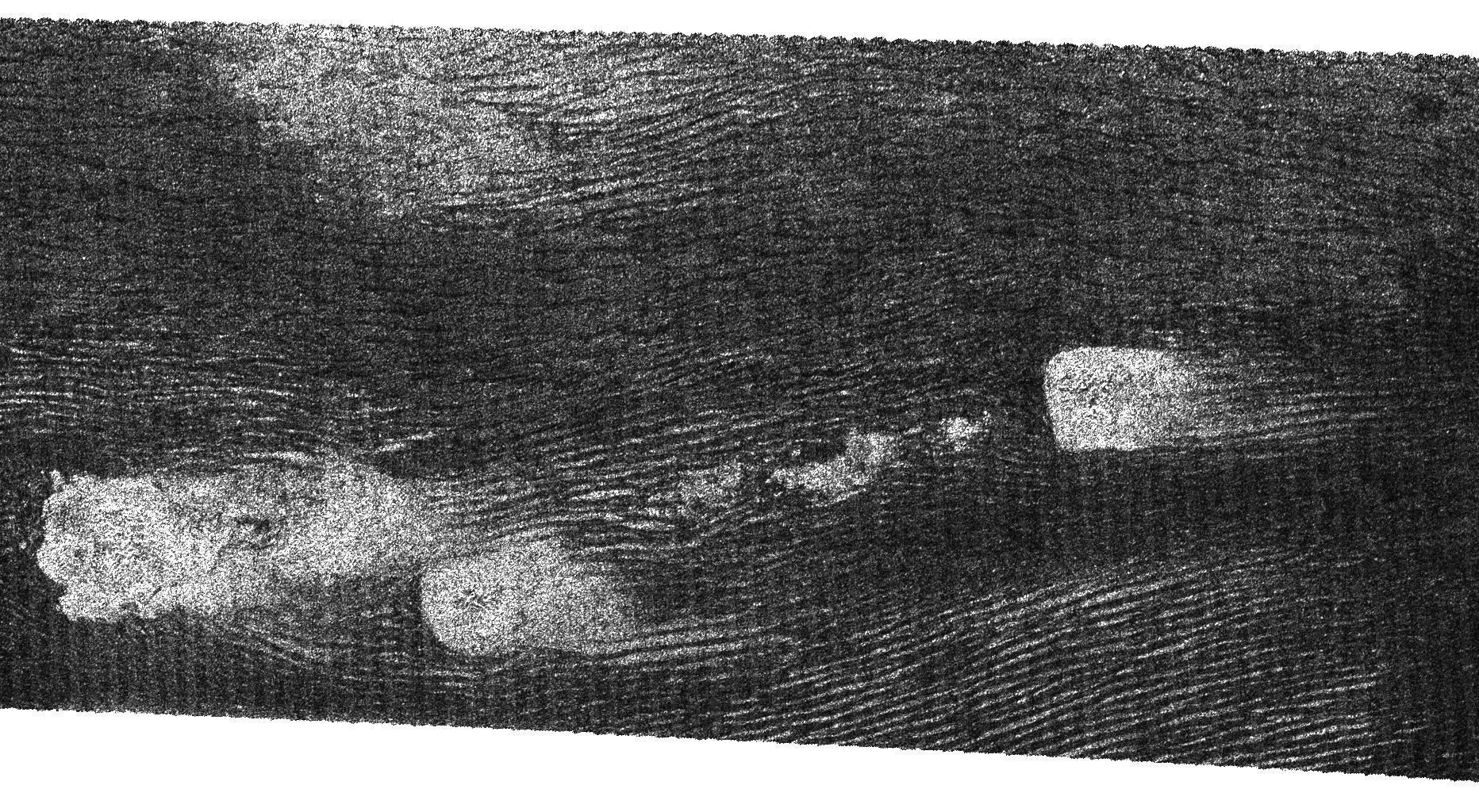
A Faux Saturn Moon Titan on Earth Could Solve Solar System Mystery
By Meghan Bartels published
Big, schmancy compounds keep popping up all over the solar system, and new research may help clear up confusion about how they form in so many places.

Organic Compounds Found in Plumes of Saturn's Icy Moon Enceladus
By Chelsea Gohd published
Scientists have detected new types of organic compounds in the plumes that have been erupting from Enceladus.
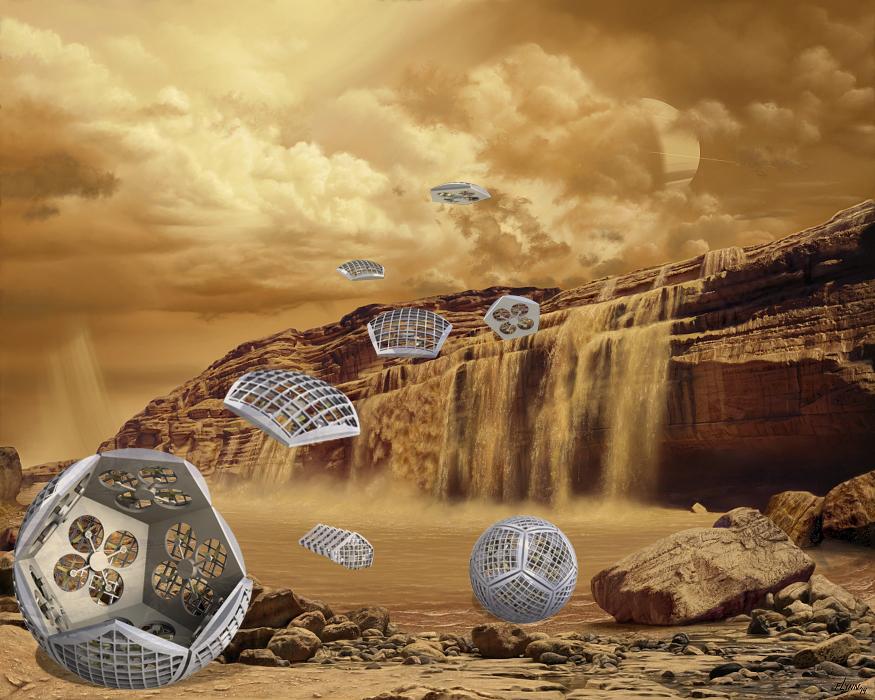
Shapeshifter Robots Could Explore Volcanoes and Caves on Saturn's Moon Titan
By Elizabeth Howell published
New shapeshifting robots could give us access to distant worlds like never before — including the soupy moon Titan in Saturn's neighborhood.
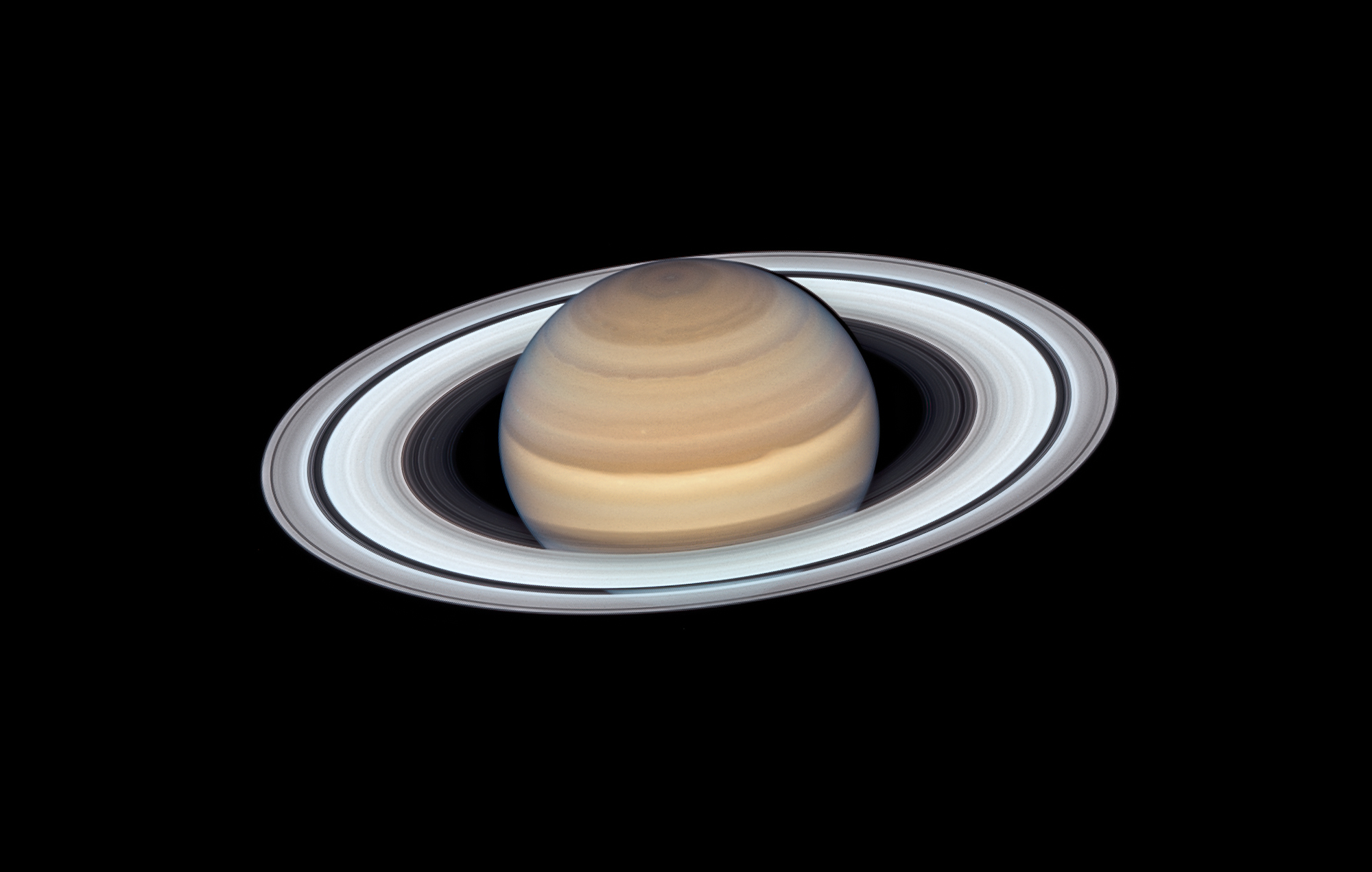
Saturn's Rings May Be Ancient After All
By Mike Wall published
The great Saturn ring debate is far from settled, a new study suggests.
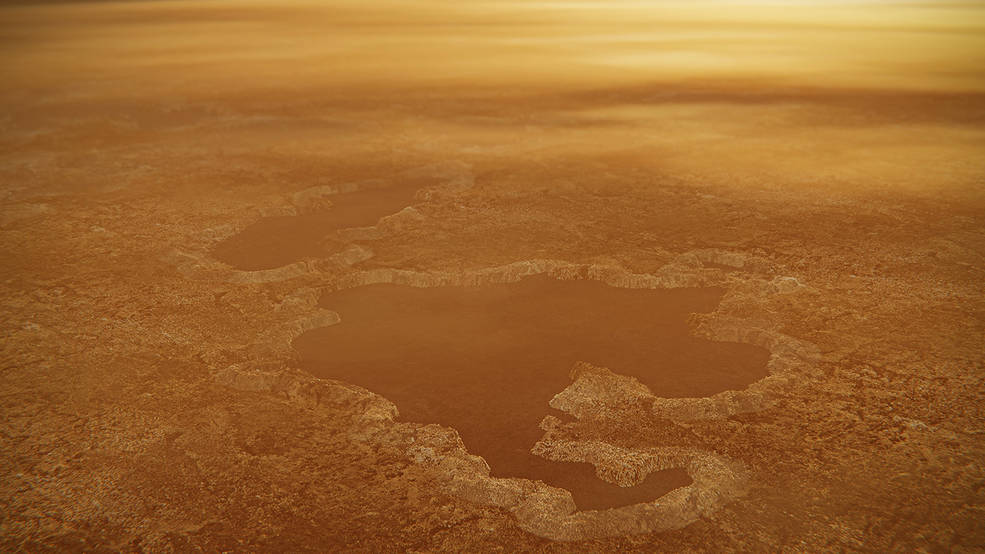
Some of Saturn Moon Titan's Methane Lakes May Sit in 'Explosion Craters'
By Mike Wall published
Some of the lakes on Saturn's huge moon Titan may sit in craters blasted out by liquid-nitrogen bombs, a new study suggests.
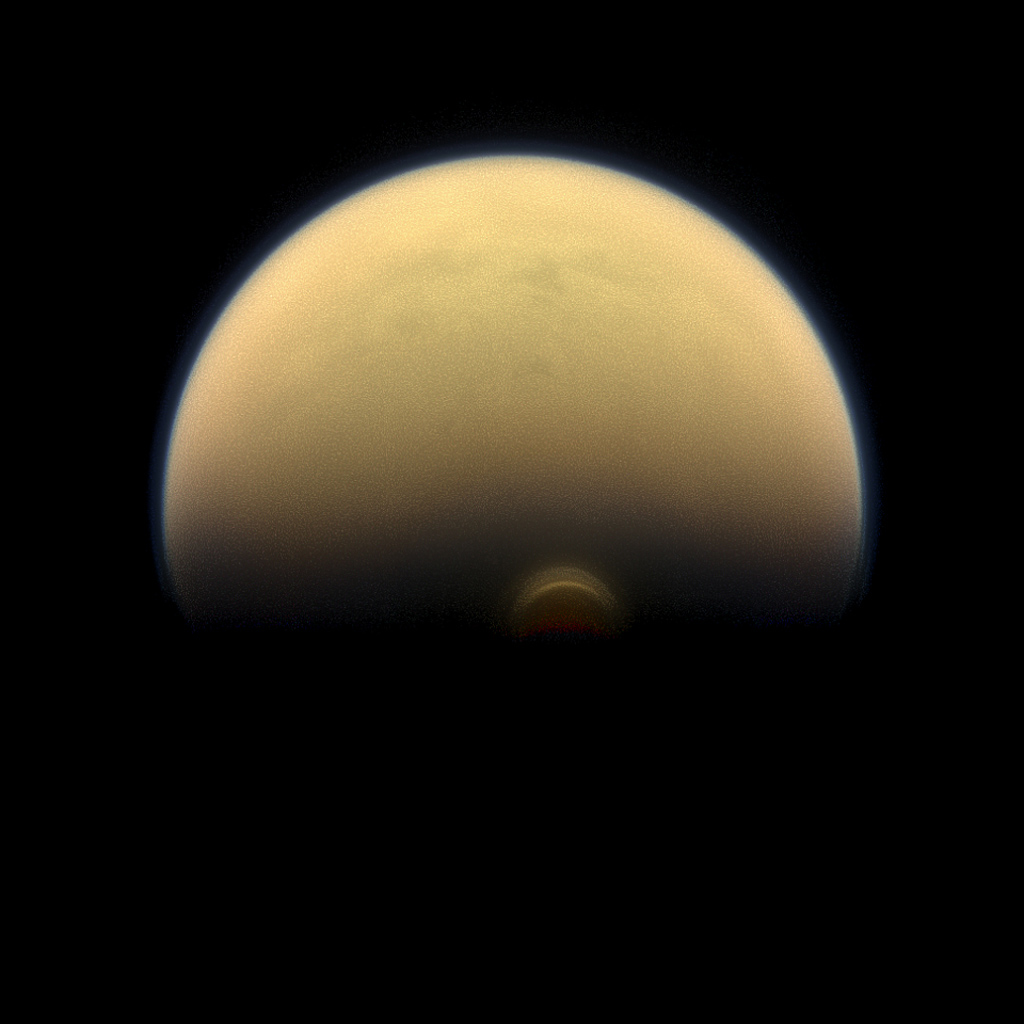
What Secrets Does Titan Hold?
By Paul Sutter published
Saturn's largest moon, Titan, is one of the most enigmatic bodies in the solar system.
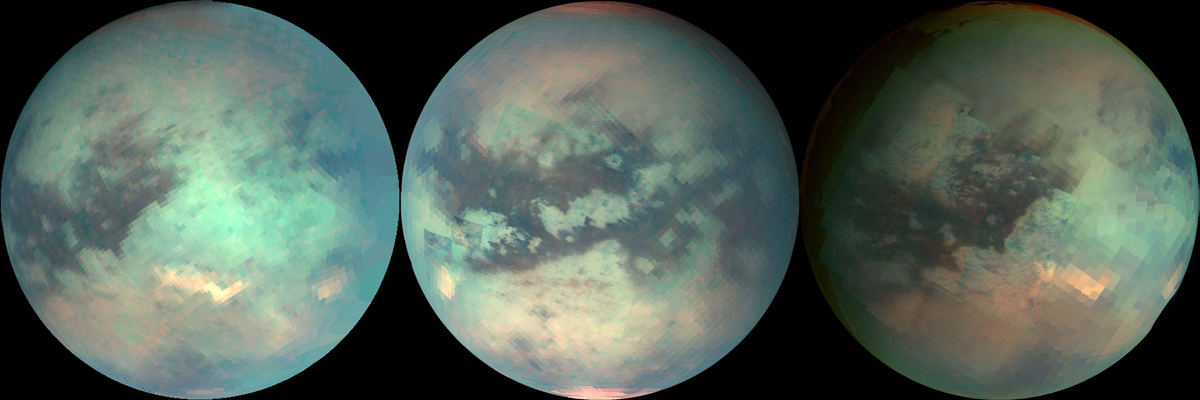
Tiny 'Titans in a Jar' Could Help Scientists Unravel Habitability
By Doris Elin Urrutia published
To help determine whether Saturn's moon Titan could host life, researchers are modeling many possible realities of this icy world within tiny glass jars.
Get the Space.com Newsletter
Breaking space news, the latest updates on rocket launches, skywatching events and more!
